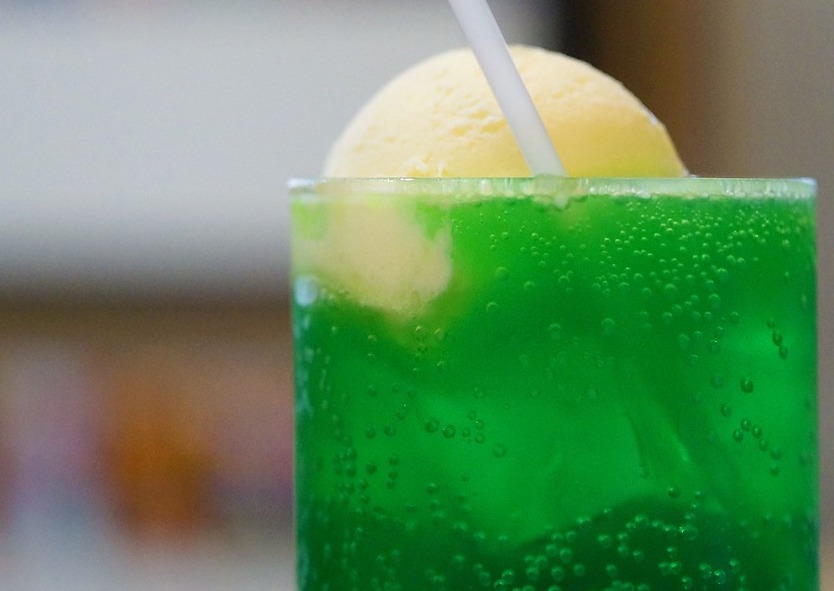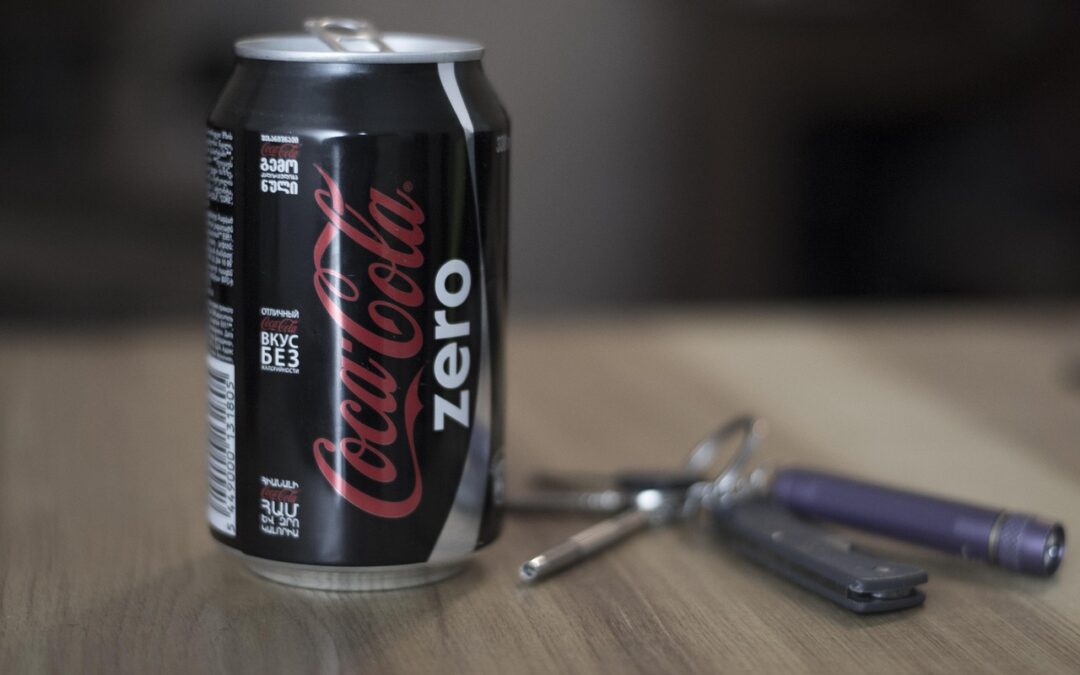Ultra-processed foods (UPFs) dominate modern diets—and widen our waistlines. A 2019 NIH inpatient trial fed adults two diet patterns matched for calories, sugar, fat, fiber, and macronutrients; when people ate ultra-processed foods, they unintentionally ate ~500 extra calories per day and gained weight within two weeks. The same people lost weight on minimally processed meals. That’s causation, not just correlation. Consumer Reports
Since then, evidence has only grown. A 2024 umbrella review in The BMJ linked higher UPF intake to greater risks of obesity, cardiovascular disease, type 2 diabetes, depression, and all-cause mortality. Mechanisms include hyper-palatability, rapid eating rate, low fiber/protein satiety signals, and food additive–gut interactions. European Food Safety Authority
Harvard’s nutrition writers echo this: frequent UPF intake (sugary drinks, refined snacks, processed meats) is consistently associated with weight gain and metabolic disease. PubMedBMJ
1) Sugary Drinks & Added Sugars (incl. High Fructose Corn Syrup): Liquid Calories, Real Risk

Why it matters: Liquid sugar bypasses satiety signals, driving excess intake and metabolic strain (fatty liver, insulin resistance). Cutting back lowers diabetes and heart risks. Harvard HealthHarvard Chan School of Public Healthwww.heart.org
Science bite: Sugar-sweetened beverage (SSB) intake tracks strongly with weight gain and diabetes; swapping SSBs for water/unsweetened coffee or tea reduces risk.
Action: Replace soda/juice drinks with water, sparkling water, unsweetened tea/coffee.
2) Processed Meats (Nitrites/Nitrates): Small Ingredients, Big Concern
Why it matters: Cured meats (bacon, hot dogs, deli meats) often contain nitrites/nitrates that can form carcinogenic N-nitroso compounds. Processed meat is classified as carcinogenic to humans (colorectal cancer). PubMed
Action: Choose fresh poultry, fish, or beans; if buying deli meats, look for “no nitrites or nitrates added” (except those naturally occurring in celery culture—still moderate).
3) Non-Sugar Sweeteners (Aspartame, Sucralose, etc.): Not a Free Pass
Why it matters: WHO advises against using non-sugar sweeteners for weight control; benefits on body weight are minimal and there may be risks with long-term use. In 2023, IARC classified aspartame as “possibly carcinogenic” (2B), calling for more research. Harvard HealthPubMed
Action: Retrain your palate for less sweetness; prefer water, unsweetened drinks, or fruit-infused water.
4) Emulsifiers (Carboxymethylcellulose/CMC, Polysorbate-80): Gut Irritation Signals

Why it matters: Emulsifiers improve texture/shelf life, but controlled feeding studies in humans show CMC can alter the gut microbiome and increase markers of intestinal inflammation—hypothesized links to metabolic dysfunction.
Action: Scan labels for carboxymethylcellulose, polysorbate-80, carrageenan; choose simpler ingredient lists.
5) Artificial Food Dyes (e.g., Red 40, Yellow 5 & 6; Red 3): Behavior & Regulatory Actions
Why it matters: In a randomized, double-blind, placebo-controlled trial, children aged 3 and 8–9 who consumed beverages containing certain artificial food colors and sodium benzoate preservative showed significantly more hyperactive behavior compared to placebo. In addition to this information, California banned Red Dye No. 3 in foods starting 2027 (along with BVO, potassium bromate, propylparaben). FDA still deems many dyes safe at typical intakes, but sensitive children may react. Governor of CaliforniaFood Safety NewsPMC
Action: For kids, favor dye-free versions; watch for FD&C Red 40, Yellow 5 (tartrazine), Yellow 6 and Red 3.
6) Titanium Dioxide (E171): Tiny Particles, Big Questions
Why it matters: The EU banned titanium dioxide in food (2022) after EFSA concluded it could no longer be considered safe due to genotoxicity concerns.
Action: Avoid products listing titanium dioxide as a whitener/opacifier.
7) Brominated Vegetable Oil (BVO): Falling Out of Favor

Why it matters: Used to keep citrus flavors in suspension in some sodas; the FDA issued a final rule to revoke authorization for BVO (2024) after toxicology concerns. California’s law also bans BVO starting 2027.Governor of California
Action: If you still see BVO on a label, skip it.
8) Potassium Bromate: Dough Improver with Carcinogenic Flags
Why it matters: Classified as a possible human carcinogen in animal studies; banned in many countries. California’s 2023 law prohibits it in foods sold in-state from 2027.
Action: Choose breads/crackers without potassium bromate; many brands already avoid it.
9) Phosphate Additives (Sodium Phosphate, Phosphoric Acid): Hidden Mineral Load
Why it matters: Phosphate additives are highly absorbable and widespread in processed meats, colas, and fast foods. High phosphorus burdens are linked to vascular calcification and cardiovascular risk—particularly in chronic kidney disease—and kidney guidelines advise limiting additive sources. PMC+1National Kidney Foundation
Action: Limit colas/processed meats; look for phosphate/phosphoric acid in ingredient lines.
10) Sodium Benzoate (+ Vitamin C): Rare Benzene Formation
Why it matters: In certain conditions (heat/light) and in the presence of ascorbic acid, sodium benzoate can form trace benzene—a carcinogen. Regulators note typical levels are very low after industry reformulation, but it’s a good example of unintended chemistry in UPFs. U.S. Food and Drug Administration+1
Action: Prefer products without the combo of benzoate + ascorbic acid—especially if stored warm.
Why Processed Foods Drive Overeating (Even When “Macros” Match)
Hyper-palatability & speed: Softer textures, added flavors/fats, and drinkable calories are consumed faster, outpacing fullness signals—documented in the NIH RCT. Consumer Reports
Low fiber, fewer whole-food structures: Less chewing + less viscous fiber = lower satiety per calorie. Consumer Reports
Additive–microbiome effects: Emulsifiers and some additives may perturb the gut barrier/microbiota—an active research area. World Health Organization
The Better-Than-Blog Takeaways (Quick Wins)
Shop the “single-ingredient” rule: Base meals around foods with one ingredient (oats, beans, eggs, yogurt, nuts, vegetables, fruit).
Upgrade your drinks: Water, sparkling water, unsweetened tea/coffee → big risk reduction vs. sugary drinks or “diet” hacks. www.heart.orgHarvard Health
Scan labels for the 10 culprits above; if the list reads like a chemistry set, pick another brand.
Protein + fiber at every meal: Helps tame appetite so UPF snacks don’t do the driving.
Batch-cook minimally processed staples: Cooked grains, roasted veggies, rotisserie-style chicken (home-made), bean salads.

